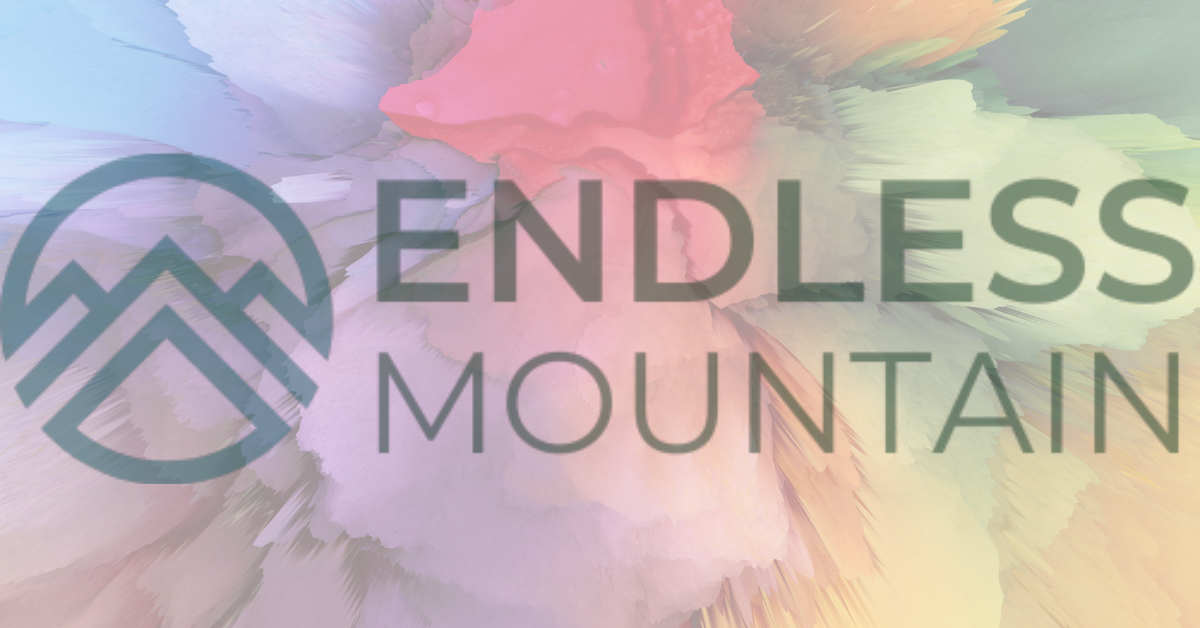What Is Colored Meth?
Understanding the risks behind the bright, deceptive appearance
When people picture methamphetamine, they often think of a white or clear crystalline substance—something that looks like shards of glass or rock salt. But in recent years, a more colorful version has emerged: colored meth. Often dyed in bright shades of pink, blue, green, or even purple, this variation may look different—but the dangers it carries are just as serious, if not worse.
At Endless Mountain Behavioral Health Center, we’re committed to educating our Bradford, Tioga, and Susquehanna Counties community about new drug trends and their real-world risks. Here’s what you need to know about colored meth.
What Is Colored Meth?
Colored meth is methamphetamine that has been intentionally dyed with food coloring or other chemical agents. It may come in rock form, powder, or pressed into tablets and sold under nicknames like:
- “Strawberry meth”
- “Blue ice”
- “Party meth”
- “Tutti frutti”
Despite its appealing appearance, colored meth is chemically the same as standard methamphetamine—an extremely addictive stimulant that affects the central nervous system. However, the color can affect marketing, potency, and danger.
Why Is Meth Being Colored?
There are a few reasons drug dealers and manufacturers may dye meth:
- To appeal to younger users
- Bright colors make the drug look less threatening—like candy or chalk. This can be especially dangerous for teens or first-time users who may not realize what they’re being offered.
- To brand the product
- Like logos and packaging are used in legal businesses, drug producers sometimes use color to create “brands” that buyers seek out or associate with a specific high.
- To disguise the drug
- Some meth may be dyed to hide impurities or to make it harder for law enforcement or family members to identify it as a drug.
Is Colored Meth More Dangerous?
Colored meth is not necessarily more potent based on the color alone—but it can be more dangerous in other ways:
- It may contain more contaminants: Adding dyes introduces foreign chemicals that could be toxic, especially if the coloring isn’t food-grade.
- It may attract younger users: The candy-like appearance increases the risk of accidental ingestion or intentional use among children and teens.
- It may be cut with other drugs: Some colored meth has been found laced with fentanyl or MDMA, increasing the risk of overdose and unpredictable side effects.
Side Effects of Meth Use
Whether it’s colored or not, meth can cause:
- Rapid heart rate and high blood pressure
- Anxiety, paranoia, and hallucinations
- Insomnia and extreme energy
- Tooth decay (“meth mouth”)
- Severe weight loss
- Risk of overdose and death
Long-term use often leads to methamphetamine addiction, a condition that affects a person’s brain chemistry, behavior, relationships, and overall health.
Getting Help Before It’s Too Late
The appearance of colored meth is just another reminder of how the drug trade continues to evolve in dangerous and manipulative ways. The substance might look fun or harmless—but the addiction and consequences are very real.
If you or a loved one is struggling with meth use, don’t wait for things to get worse. At Endless Mountain Behavioral Health Center, we offer medical detox services, same-day admissions, and compassionate care close to home in Sayre, PA.
We accept PA Medicaid and most commercial insurances and offer flexible payment plans to make treatment accessible to all.

